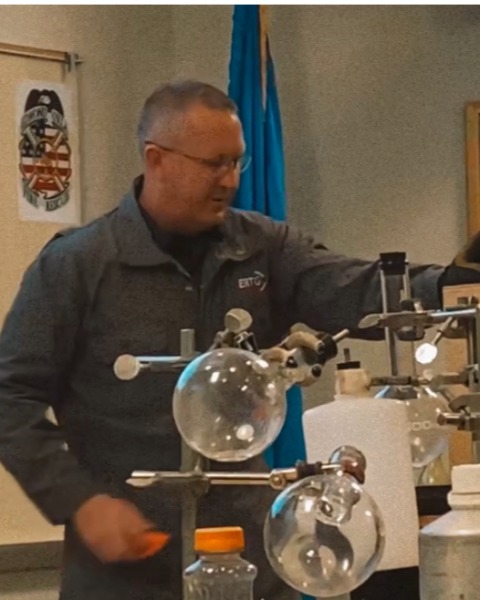Back
Atmospheric Monitoring Considerations Initial Response
Thursday, June 6, 2024
1:00 PM – 5:00 PM East Coast USA Time
Location: Paca

Brian L. Ramsey
Principal Owner
Emergency Response Training Group
Blountville, Tennessee, United States
Speaker(s)
Arriving first due on propane, natural gas, potential confined space, and other emergencies involving asphyxiant gases or events involving hazardous materials have the potential to displace oxygen and injure responders. This 4-hour in-service class is designed to review more than just pulling up first due on an engine and “Finding out what we got.” We will examine basic physical and chemical properties, basic functions of multi-gas detectors, how an when to use them on initial response, and how to use atmospheric monitoring as a risk-based response tool. Additionally, we will examine the typical behaviors of common fuel gases and the by-products of combustion and decomposition better known as Hydrogen Sulfide and Carbon Monoxide.
Learning Objectives:
- Discuss importance of good 360 assessments at homes, businesses, and industry looking for potential atmospheric contaminants such as flammable and toxic gases.
- Discuss the difference between diffusion and aspirating meters and the applications for each.
- Examine the difference between simple asphyxiant and chemical asphyxiant gases and their relation to atmospheric monitoring results.

.png)
.png)